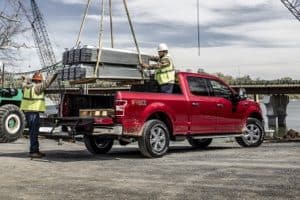Are you in the market for a new Ford truck? If you are, the F150 Flareside might be up your alley. You need to check out the F150 specs and review them to get you on board with this working truck.
The earlier Ford F150 trucks feature fenders on the bed’s exterior and ribbed steps beside the truck bed. Also, Ford called them “Flareside” trucks because of their flared appearance. Unfortunately, this style of F150 has been discontinued for years now. If you are thinking of getting one, you can only get one from the secondhand market.
Read on to learn about the F150 Flareside specs and review. This way, you will know if this truck is right for you.
Before you continue reading, we want to inform you that several affiliate links will be inside. We do not require you to purchase through the links. However, we will be very grateful if you do, as we will get a small commission with every purchase. Thank you.
F150 Flareside Specs and Review
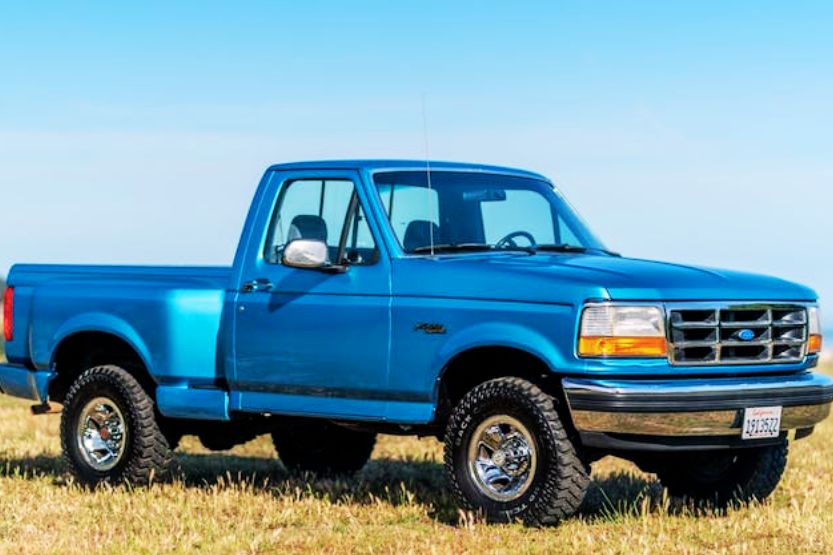
Here are the specs and features of the F150 Flareside:
1. Engine and Transmission
The Ford F150 is one of the most reliable trucks to come out of the Ford production line. The thing that made the F150 such a trusty workhorse is the engine.
Although the F150 Flaresides came in many variations, the most popular by far is the 4.6L gasoline-powered V8 engine. This engine is capable of producing up to 248 horsepower at 4750 rpm.
The F150 Flareside has two transmission options – a 5-speed manual and a 4-speed automatic. Since these trucks became popular in the 90s, the automatic shifter is still on the steering post. This is just behind the steering wheel.
Most Flaresides come in RWD, but there are also 4WD options. The 4WD trucks can also shift from RWD to 4WD with just a push of a button.
2. Fuel Economy
The F150 Flaresides are not that great when it comes to fuel efficiency. These trucks were manufactured in the early 90s, so fuel economy was not the biggest priority. At the best of times, you can typically get 11 miles per gallon in the city.
It is around 16 miles on the highway. This is probably the reason why the Flaresides had two gas tanks. The combined capacity is more than 36 gallons.
3. Ride Quality
The F150 Flareside’s ride quality is slightly above average at best. Because the rear suspension uses traditional leaf springs, so the truck feels shaky on somewhat rough roads. However, if you load the truck bed to compress the springs slightly, it helps with the bumpiness of the ride.
Regarding engine performance, let’s say you won’t win any drag races with the F150 Flareside. Yes, the V8 engine can produce up to 231 horsepower, but the Flareside’s body is quite heavy.
This means a significant amount of that power goes to moving the truck. Torque production is a bit lacking as well. However, it can still haul a small trailer for weekend trips if you need to.
4. Interior and Comfort
The Flareside comes standard with leather seat covers. This is not that common for vehicles that came out in the 90s.
In addition, the driver’s seat has power adjustments, which is also quite a luxury back then. The shifter for the automatic transmission is on the steering column, so it frees plenty of space up front.
The Flareside also came with an overpowered steering assistance system. The excellent power steering, coupled with its compact size, made driving the Flareside around city streets a joy. Also, because of its shorter truck bed, backing into parking lots is much easier.
The front seats are pretty comfortable and provide a lot of legroom. However, it is not the same for the rear seats. Reasonably speaking, adults should be able to sit at the back, but not for extended times.
However, if you push the front seats forward, adults should be able to slide their feet underneath them. This should provide more legroom. Regarding headroom, the cab is quite tall, so there are no issues.
One feature in the Flaresides that might confuse younger people nowadays is the inclusion of a smoker window.
This is a small, triangular window at the front door windows set on hinges. Before, when air conditioning was not yet a standard feature, you would open these windows up for additional ventilation.
Why Is It Called “Flareside”?
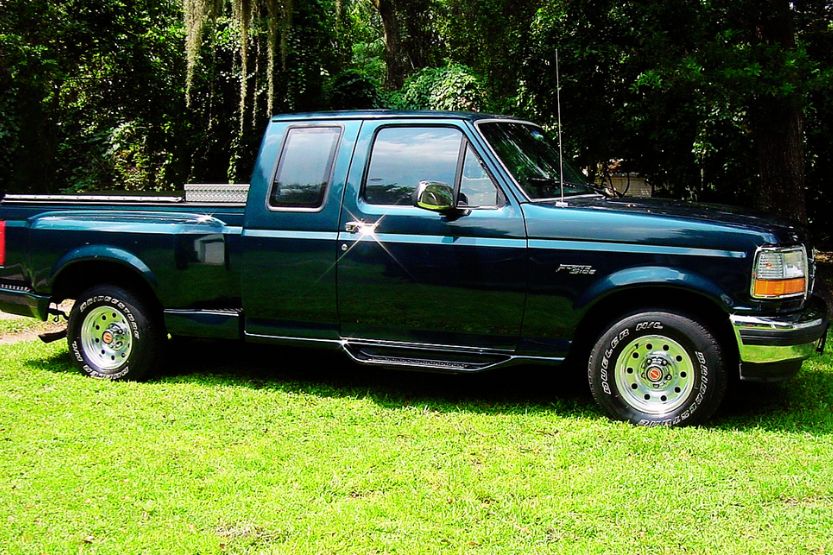
In the 1990s, vehicle design focused a bit on what was considered “retro” back then. Usually, pickup trucks would not have flared fenders at the truck bed.
The sides are usually even throughout. Ford gave their F150 trucks flared rear fenders back in the 90s. This is an homage to older model pickup trucks from the 1950s era.
The flared fenders were more for aesthetics, giving the F150 Flareside the same look and feel as older, vintage trucks. This design choice made the Flareside more of a suburban family type of vehicle.
Ford marketed it as such to compete with the rising popularity of big SUVs back then. However, unlike SUVs, the truck bed meant you could haul more things with the Flareside. Speaking of the truck bed, you might need a cargo net.
On the other hand, the flares also made the Flareside not as helpful as its F150 Styleside brother. The flaring pushed the sides of the bed closer together, which meant you could not carry wider loads.
Another thing that made the Flareside not as valuable compared to other pickup trucks is the shorter bed.
However, these design changes also meant that the Flareside is more accessible to drive than other pickup trucks. Although the Flareside is a pickup, it handles like an SUV. The shorter and narrower bed made it easier to maneuver into parking spaces.
Again, what is a Flareside Ford f150? F150 Flareside features fenders on the bed’s exterior and ribbed steps on its side. Due to the flared looks, Ford included Flareside on this truck’s name.
What Are the Most Popular Ford F150 Flareside Models?
1. 1992 Ford F150 Flareside
The 92 F150 is among the first vehicles in Ford’s 9th generation of trucks. These trucks came with significant redesigns, including a lower hood line. This makes it easier for the driver to see the road. This model year was also the first time an F150 got a Flareside treatment in 6 years.
It has a modern twist, though. Ford adapted the same fenders used for their dual trucks (the F350) and slapped it on a single rear-wheel pickup.
2. 1993 Ford F150 Flareside
The second model year of the F150 Flareside was equipped with a more robust 5.0L V8. This made it considerably more powerful than the 92 Flareside. However, this iteration only came with a 4-speed manual.
This disappointed a huge chunk of the fanbase who liked the smooth 5-speed manual gearbox that the previous Flareside had. This is not to say that the automatic transmission is not smooth. It is great.
3. 1994 Ford F150 Flareside
Unlike the previous versions, this Ford F150 had more comfortable bucket seats for the front. However, it still came with a 40/20/40 seating configuration. This means that an adult can still sit in the middle.
However, it should be someone with a small or medium frame. On the other hand, you can fold the middle seat up to turn it into a center console.
Click here to see this console on Amazon.
This is also the first year the dual gas tanks came into being. The 94 Flareside is a gas-guzzler, so dual gas tanks come in handy on those long road trips.
4. 1995 Ford F150 Flareside
This is the last of the 9th generation Ford F150 trucks and is the last of the Flaresides made. Some notable improvements include a smoother 4-speed automatic transmission, which now had a shift interlock.
This prevents the accidental shift from the park to reverse. While this does not happen that often, it was still unsettling.
The 95 Flareside was also more exciting than the first three model years. The body is set lower, making handling even better.
Flareside vs. Styleside
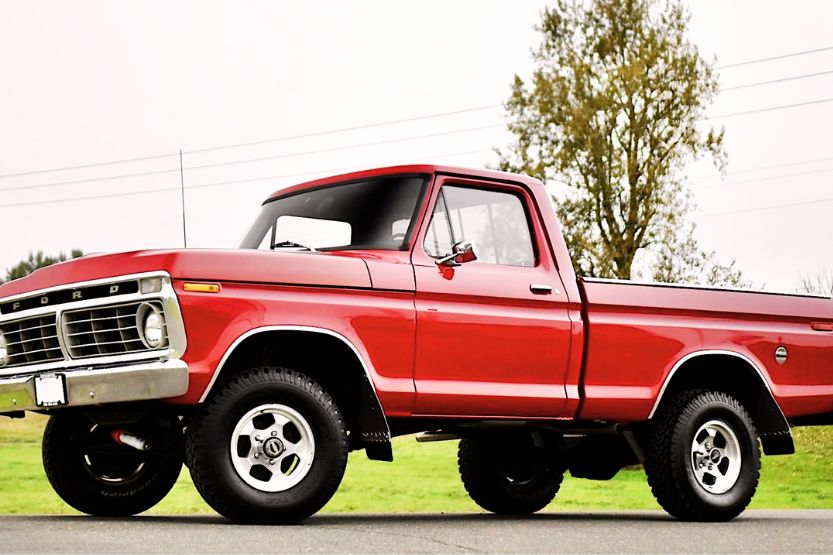
1. Style and Design
Ford provided customers with two options in the 9th generation of the F150 pickup trucks: the Flareside and the Styleside. In terms of the engine and the interior, there are not that many differences between the two.
However, judging from their appearances, you can tell that these are two different trucks. They target very different user bases.
The Styleside is just your traditional pickup truck design. Both the front ends of the Flareside and Styleside are identical. The rear is where they differ vastly. The truck bed of the Styleside is what you usually see in most pickup trucks.
The sides of the bed are flush with that of the body. This gives the wider truck bed more room for cargo. Also, you can load larger things on it because it is longer. The Styleside is the more helpful truck of the two variants.
2. Utilitarian Purposes
On the other hand, despite not getting the “style” monicker, the Flareside is the more stylish of the two. Unlike the Styleside, the Flareside was heavily marketed as a weekend getaway truck for suburban families.
You can put it on your surfboards, kayaks, or anything you would use for adventure. This was not popular among tradesmen because of the minimal space in the truck bed. Still, it was a huge hit for suburbanites, especially the younger crowd in the 90s.
3. Handling
Aside from style points, there are a couple of things that made Flareside better than Styleside. For one, it does not have to deal with the wheel well bulges in the truck bed. Also, because the truck bed is shorter than the Styleside, driving the Flareside around city streets is much easier.
It does not feel like you are driving a huge boat down the street. It also meant that this F150 could easily fit in most parking slots, especially with a backup camera.
Check out this backup camera on Amazon.
The Flareside does not have quite as many practical uses. This is why tradesmen opted for the Styleside, which offered more cargo room at the back.
On the other hand, because Ford made significantly fewer Flaresides, it is becoming increasingly rare nowadays. Finding one that still has most of its original components will be pretty challenging.
Common F150 Flareside Problems
1. Rear Differential Failure in the 95 F150
When looking at a 95 F150 for sale, check if the rear differential is still intact. The reason is that it is one of the most common and severe issues with the 95 F150. Most customers complain that their rear differential would grind at around or near the 100k mark.
So, when test-driving a unit, you are planning to buy, listen for any noises when making sharp turns. Better yet, have it on jack stands and check the rear differential.
Click here to see this quality jack stands on Amazon.
2. Bad Fuel Pump in the 92 F150
Many owners have complained that their F150 would suddenly lose power when they are idling at the stop light. The truck would then crawl slowly when the light turned green. Some have even said that their engines would die on them while idling.
They even said that they would need to pump the gas constantly. This is to prevent the engine from stalling. This is an issue with a bad fuel pump.
Some customers complained that their engines were flooded with gas. Again, this was an issue with the fuel pump not stopping when needed. Often, when this happens, the check engine light comes on.
3. Faulty Starter Motor in the 94 F150
A significant number of 94 F150 owners complained about how hard starting their trucks was. In some cases, the engine would not even turn over. Some have found that replacing the battery with a bigger size helped. Meanwhile, most had to get their starter motors replaced.
Conclusion
The 9th generation Ford F150 trucks had a variant that came with an extended rear fender. It also has ribbed steps at the side of the truck bed. Ford called this F150 option the Flareside. This was an homage to the style of trucks that were popular in the 1950s.
This style of the pickup truck has been discontinued for almost 30 years. However, it is still one of the most sought-after F150 models.
If you are considering getting one of these 9th generation F150 Flaresides, check out car shows and conventions. You may also visit secondhand collector markets. Also, be sure to check for the most common issues to make sure that you do not get a lemon.




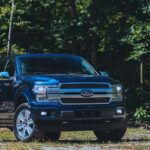
![How Much Does a Ford F150 Weigh? [F150 Weight] f150 weight](https://roadsumo.com/wp-content/uploads/2021/07/f150-weight-150x150.jpg)
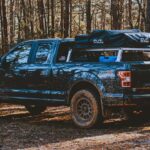
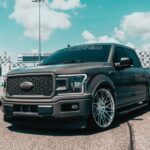
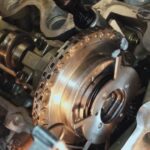
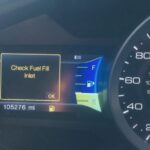
![Read more about the article Ford Truck VIN Decoder [What Is It and How to Decode?]](https://roadsumo.com/wp-content/uploads/2022/02/Ford-truck-VIN-decoder-300x200.jpg)
